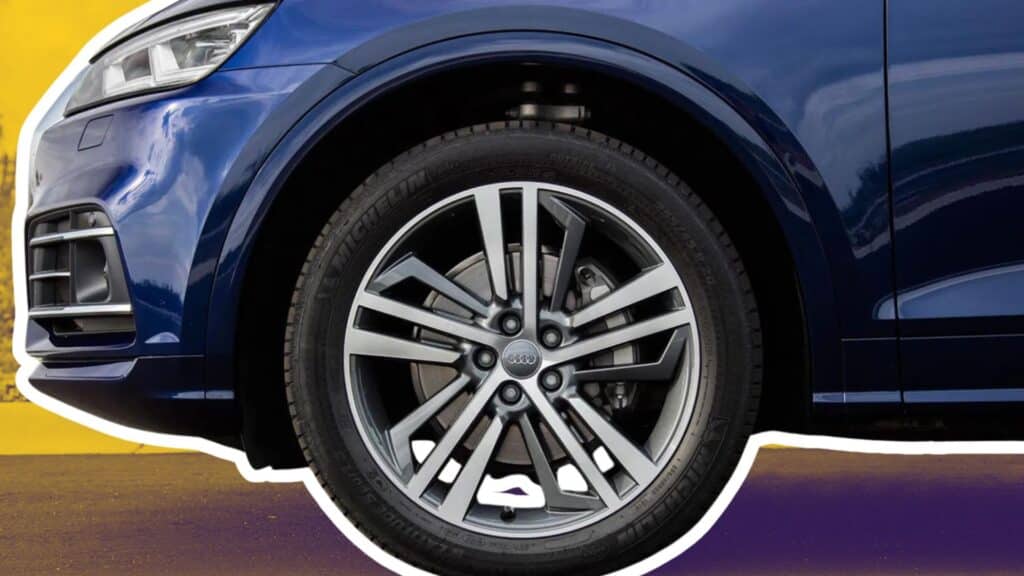Choosing the right wheels for your Audi can be tricky. You need to know your car’s bolt pattern, but with so many models and variations, it’s easy to get confused.
I know many Audi owners struggle to find the correct information, which can lead to costly mistakes when buying new wheels. I’m here to help you avoid those pitfalls.
In this article, I’ll break down the six most common Audi wheel bolt patterns, making it easier for you to identify the right one for your vehicle.
You’ll learn about the bolt patterns for popular Audi models, how to measure your car’s pattern, and tips for selecting compatible wheels.
Let’s get started on finding the perfect fit for your Audi.
What Is a Wheel Bolt Pattern?
The bolt pattern is a key factor you must understand when discussing wheels. It’s not just a technical term—it’s the foundation of how your wheels connect to your Audi.
A bolt pattern, also known as a lug pattern, is the specific arrangement of bolts that secure your wheel to the hub of your car.
It comprises two important parts: the number of bolts and the diameter of the circle they form.
For example, if you see a bolt pattern described as 5×112, five bolts are arranged in a circle with a diameter of 112 millimeters. This setup is common in many Audi models.
Getting the bolt pattern right is crucial. If you choose wheels with the wrong pattern, they won’t fit your car.
This isn’t just about looks—it’s about safety. A proper fit ensures your wheels are securely attached, vital for safe driving.
Different Audi models can have different bolt patterns. This variety allows for different wheel designs and sizes, but you must be careful when selecting new wheels for your car.
Common Wheel Bolt Patterns for Audi
Let’s examine the common bolt patterns across Audi’s lineup:
1. The 5×112 Bolt Pattern
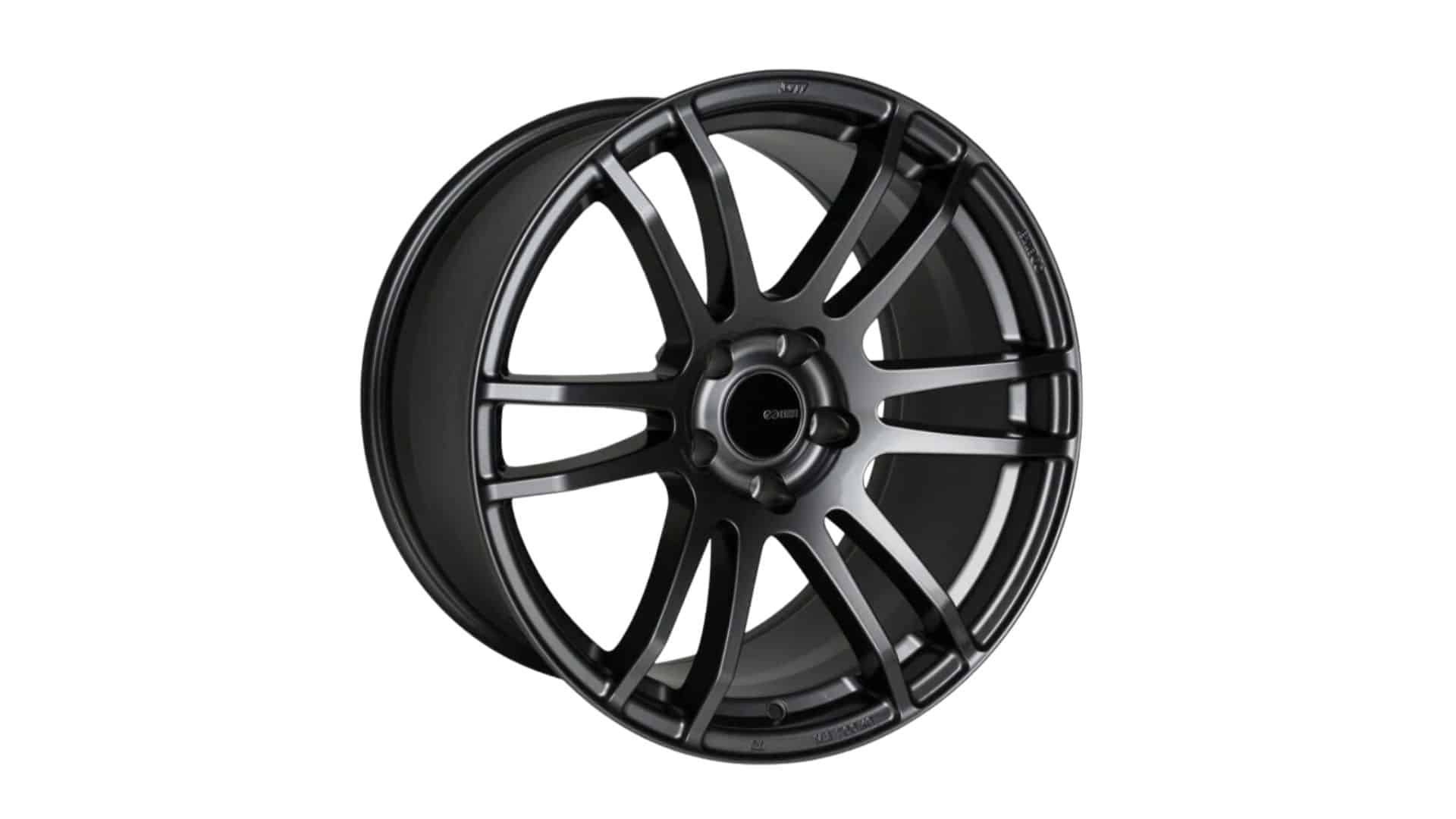
The 5×112 bolt pattern is the go-to configuration for many Audi vehicles.
This setup uses five bolts arranged in a circle with a diameter of 112mm. It’s a popular choice for good reason—it offers a balance of strength and versatility.
This widespread use makes finding compatible wheels easier. Whether looking for OEM replacements or aftermarket upgrades, the 5×112 pattern offers plenty of options.
Compatible Audi Models: Audi A3, A4, A5, A6, A7, A8, Q5, Q7, and more.
2. The 5×100 Bolt Pattern
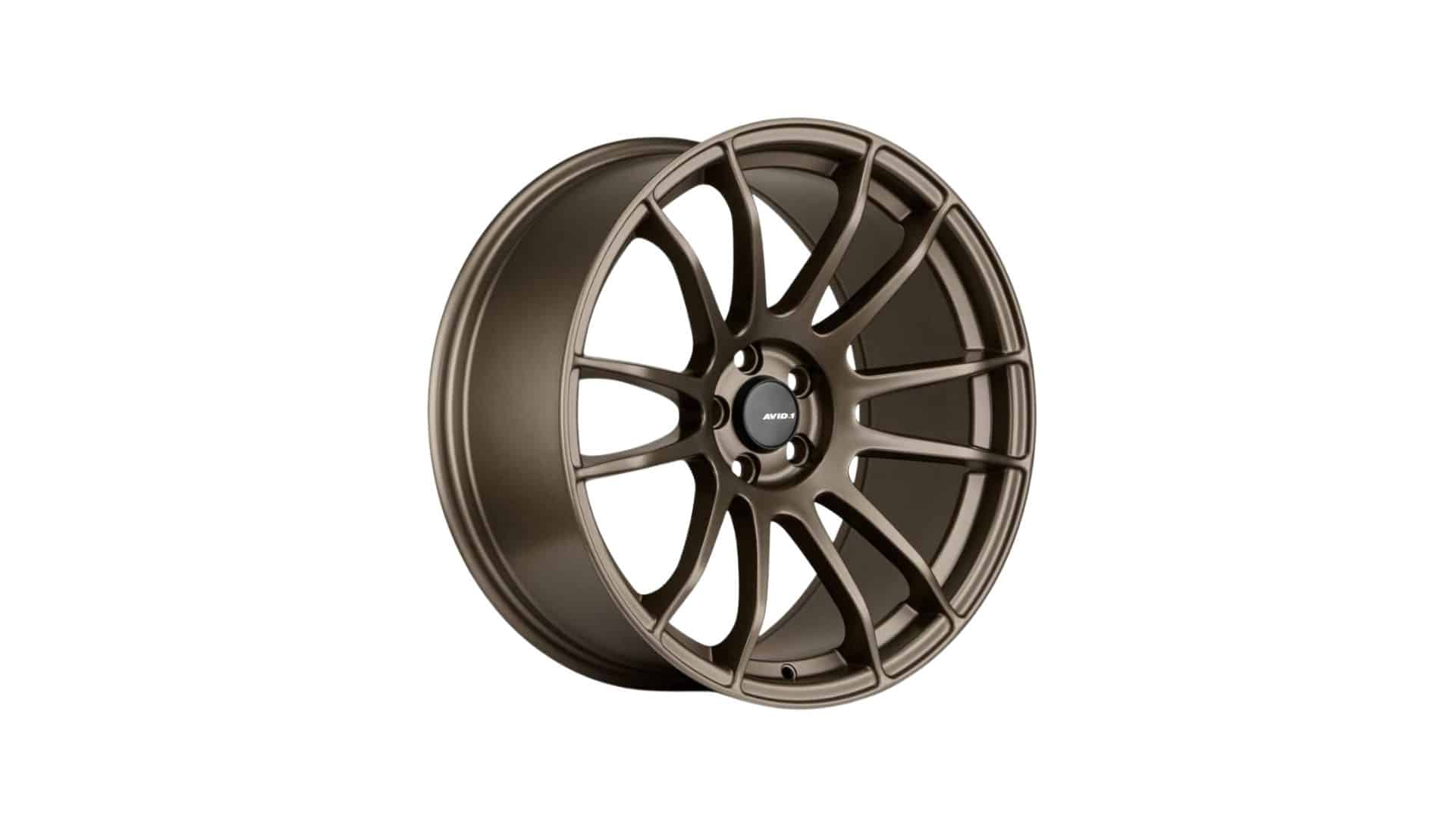
While not as common as the 5×112, the 5×100 bolt pattern is present in the Audi lineup. As the name suggests, it uses five bolts in a circle with a 100mm diameter.
It’s a setup that works well for these lighter vehicles, providing a secure fit without unnecessary bulk.
If you’re shopping for wheels for these models, look specifically for the 5×100 pattern. While less common, plenty of wheel options are available in this size.
Compatible Audi Models: Audi TT, A1.
3. The 5×130 Bolt Pattern
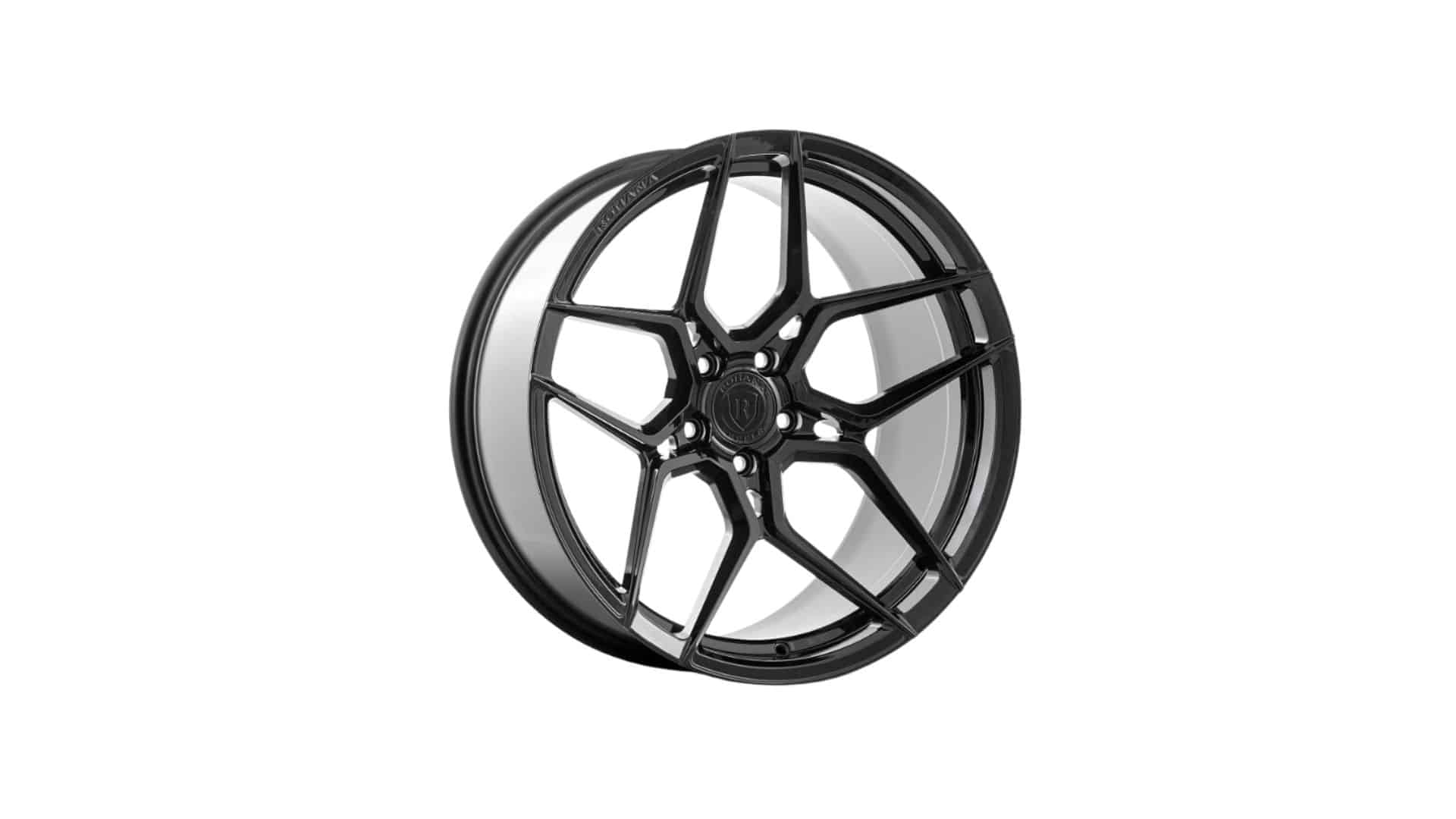
For Audi’s larger and more powerful models, the 5×130 bolt pattern steps up to the plate.
This pattern features five bolts arranged in a circle 130mm in diameter, offering extra strength and stability.
Remember that your options might be more limited when shopping for wheels with this pattern than the more common patterns.
However, the wheels available will be well-suited to handle the demands of these powerful Audi models.
Compatible Audi Models: Audi Q7, RS e-tron GT.
4. The 4×100 Bolt Pattern
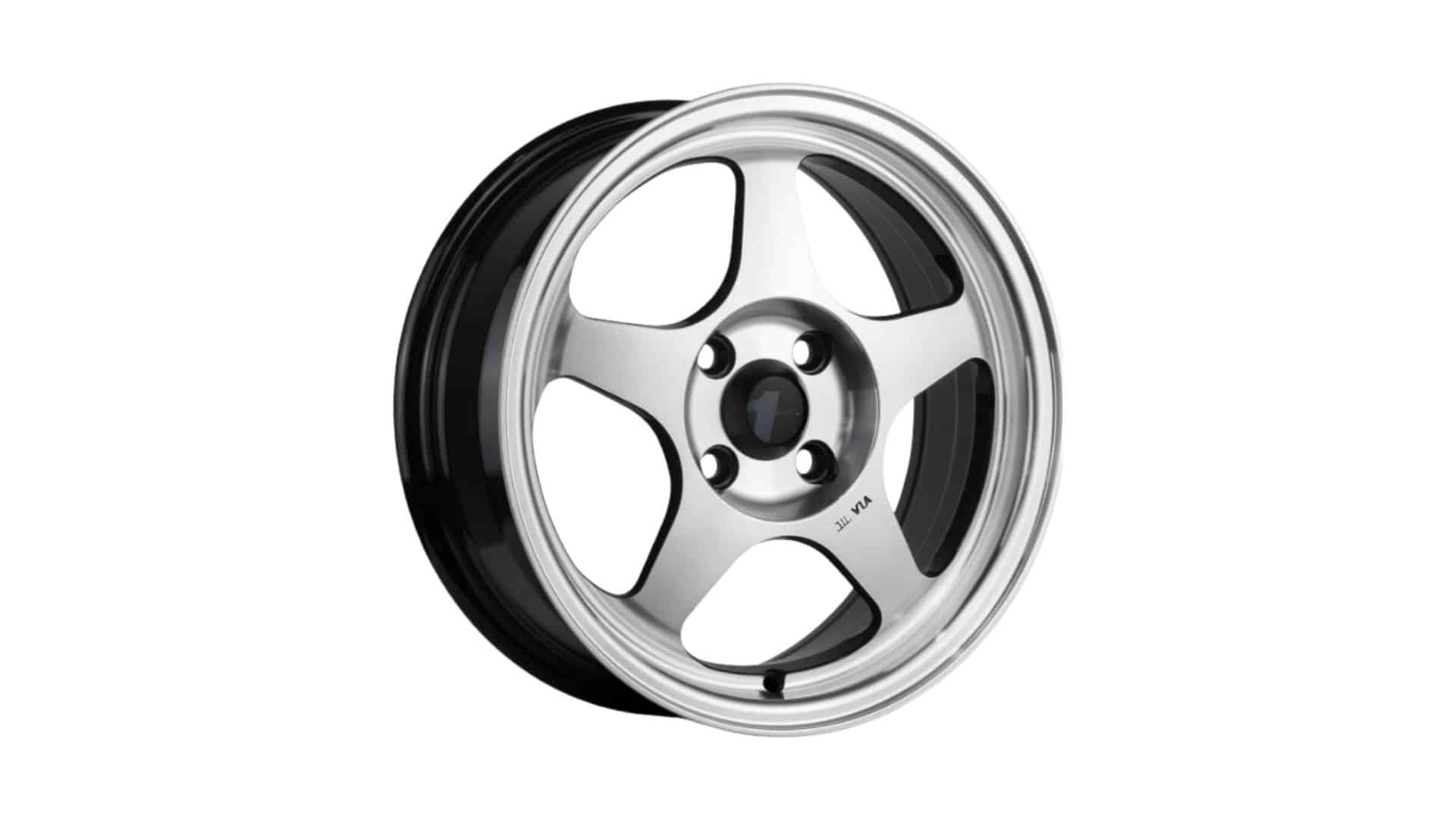
While not common in modern Audis, the 4×100 bolt pattern has its place in the brand’s history. This configuration uses four bolts in a circle with a 100mm diameter.
You might encounter it if you’re working on an older Audi model or a particularly compact vehicle.
The 4×100 pattern is known for its simplicity and lightweight design. It’s well-suited for smaller cars where reducing unsprung weight is a priority.
If you encounter this pattern in an Audi, you’re likely dealing with a classic or a specialized compact model.
You might need to look beyond Audi-specific options when searching for wheels with this pattern.
Compatible Audi Models: Older Audi models, specialized compact vehicles.
5. The 5×108 Bolt Pattern
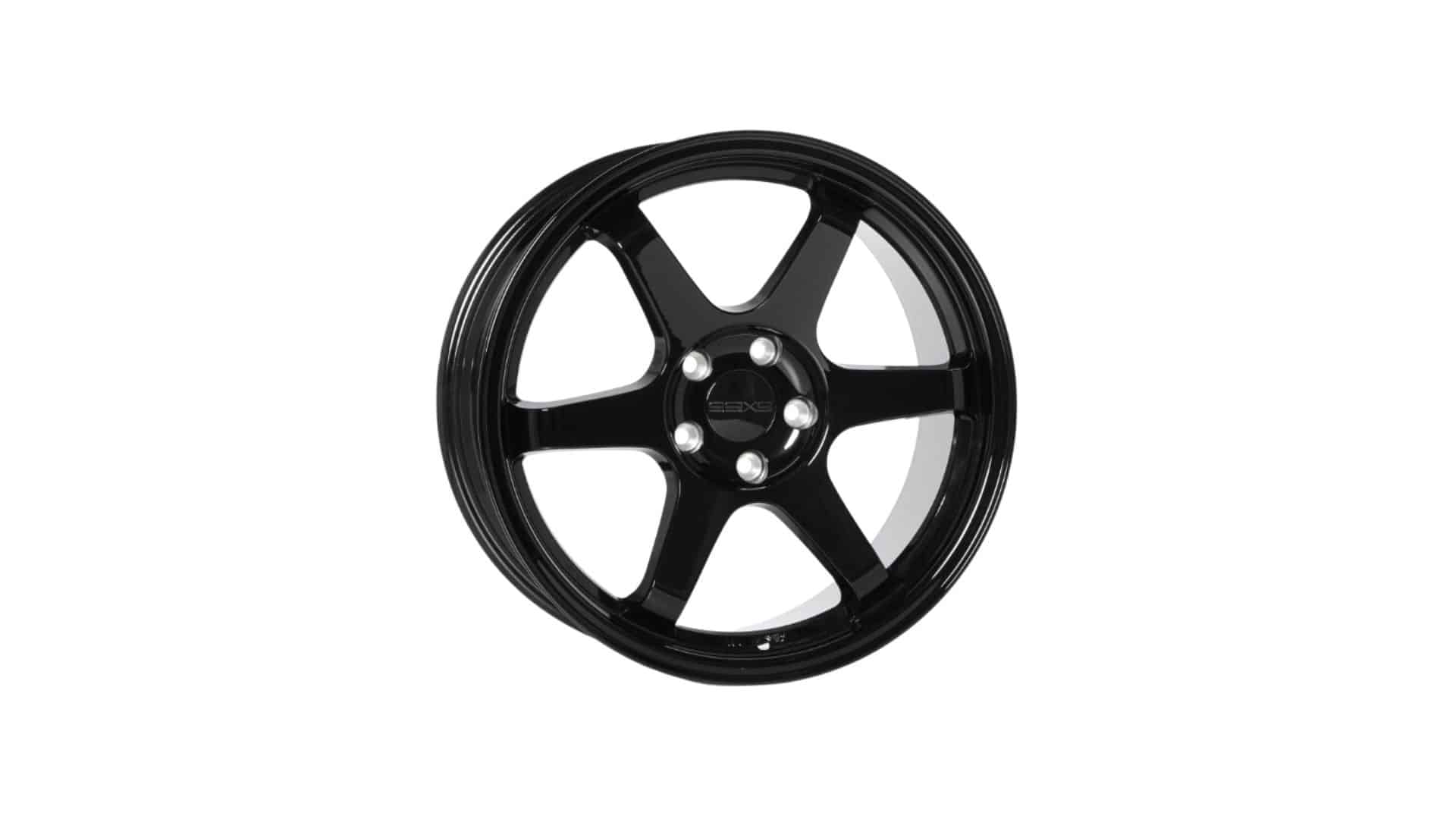
The 5×108 bolt pattern is another less common configuration in the Audi world, but it does appear in some European car models, including select Audis.
This pattern features five bolts arranged in a circle 108mm in diameter.
This bolt pattern balances the more common 5×100 and 5×112 configurations. It’s often chosen to accommodate specific wheel designs or to meet certain performance criteria.
If your Audi uses this bolt pattern, you’ll want to pay close attention when shopping for new wheels. While not as widely available as other patterns, there are still quality options for 5×108 wheels.
Compatible Audi Models: Audi RS2 Avant, some European-spec Audi A4 models.
6. The 5×114.3 Bolt Pattern
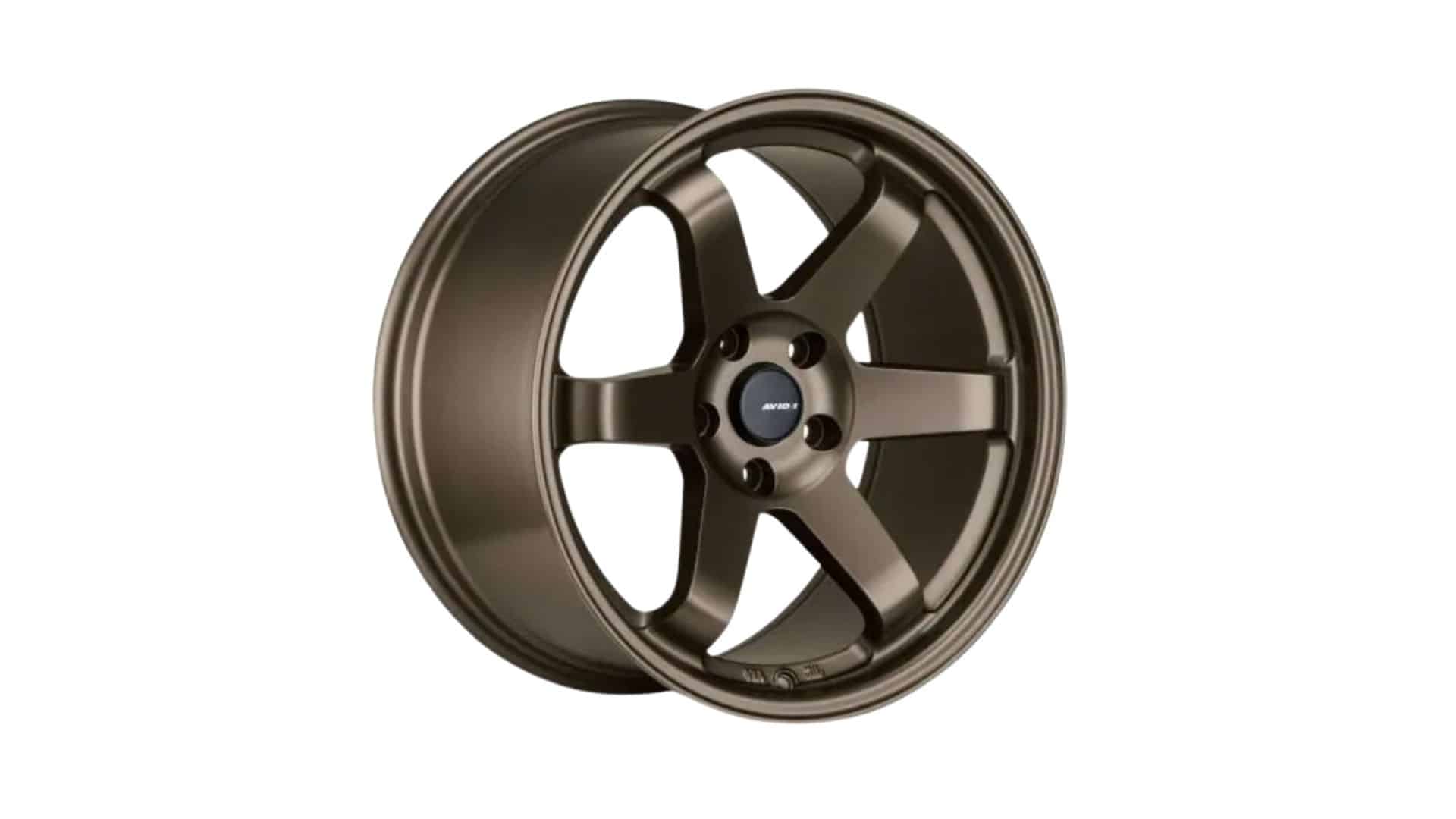
The 5×114.3 bolt pattern is an interesting case in the Audi world. While not typically used in Audi’s factory setups, this pattern can be used in aftermarket modifications.
This pattern, featuring five bolts in a 114.3mm circle, is widely used in Japanese and American cars.
Its popularity in these markets means this configuration has a vast selection of wheels.
For Audi owners, the 5×114.3 pattern becomes relevant when using adapters. These allow you to fit wheels with this bolt pattern onto Audis with different factory patterns.
It’s a solution that opens up a world of wheel options, but it’s crucial to ensure proper fitment and safety when using adapters.
Compatible Audi Models: Audi A3, Audi A4, Audi A6, Audi Q3, Audi TT (when using adapters).
How to Measure Bolt Patterns
Knowing how to measure your Audi’s bolt pattern is a valuable skill. It can save you time and prevent mistakes when looking for new wheels. Let’s walk through the process step by step.
Tools You’ll Need
- A ruler or tape measure
- A straight edge
1. Count the Bolts
First, count the number of bolts on your wheel. Most Audis have five bolts, but some older or compact models might have four.
2. Measure the Distance
For a 5-bolt pattern (which is most common in Audis), you’ll need to measure from the center of one bolt to the center of the bolt two away from it, skipping a bolt in between.
This gives you the diameter of the bolt circle.
3. Calculate the Diameter
There’s a simple trick if you’re working with a 5-bolt pattern. Measure from the center of one bolt to the center of the bolt directly across from it.
Then, multiply this measurement by 1.05 to get the bolt circle diameter.
4. Convert if Needed
Audi typically uses millimeters for bolt patterns. If you’ve measured in inches, multiply by 25.4 to convert to millimeters.
5. Verify Your Measurements
Always double-check your measurements. A small error can lead to big problems when fitting new wheels.
Remember, accuracy is key when measuring bolt patterns. Take your time and measure carefully. If unsure, get a second opinion or consult a professional.
Conclusion
Now that you’re familiar with Audi’s common wheel bolt patterns, you’re better equipped to choose the right wheels for your vehicle.
Remember, knowing your bolt pattern is the first step in wheel selection. Consider factors like wheel offset, size, and style to ensure a perfect fit and look for your Audi.
If you’re unsure about your car’s bolt pattern or need help selecting wheels, don’t hesitate to consult a professional.
The right wheels can enhance your Audi’s performance and appearance, so it’s worth getting it right.
I hope this guide has been helpful. Feel free to share your wheel upgrade experiences in the comments; your insights could help fellow Audi enthusiasts make informed decisions about their wheel choices.
Frequently Asked Questions
What Is the Bolt Pattern on The Audi S5?
The Audi S5 typically uses a 5×112 bolt pattern.
What Bolt Pattern Does Audi Use?
Most Audi models use a 5×112 bolt pattern. However, depending on the specific model and year, some use 5×100, 5×130, or rarely 4×100 patterns.
What Is the Lug Pattern on A 2017 Audi?
The 2017 Audi models generally use a 5×112 bolt pattern. This applies to most A, S, and Q series vehicles from that year. Always double-check your specific model to be sure.


